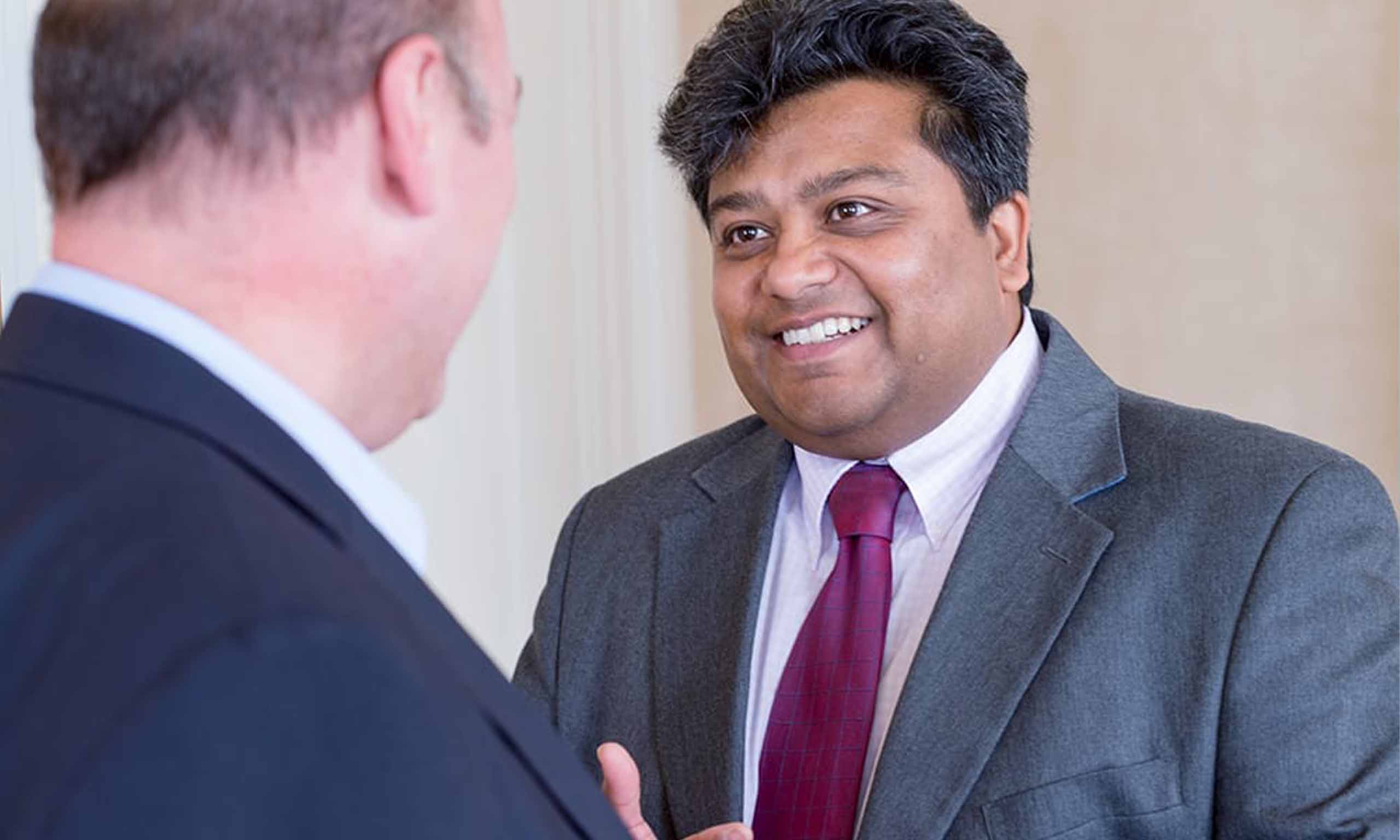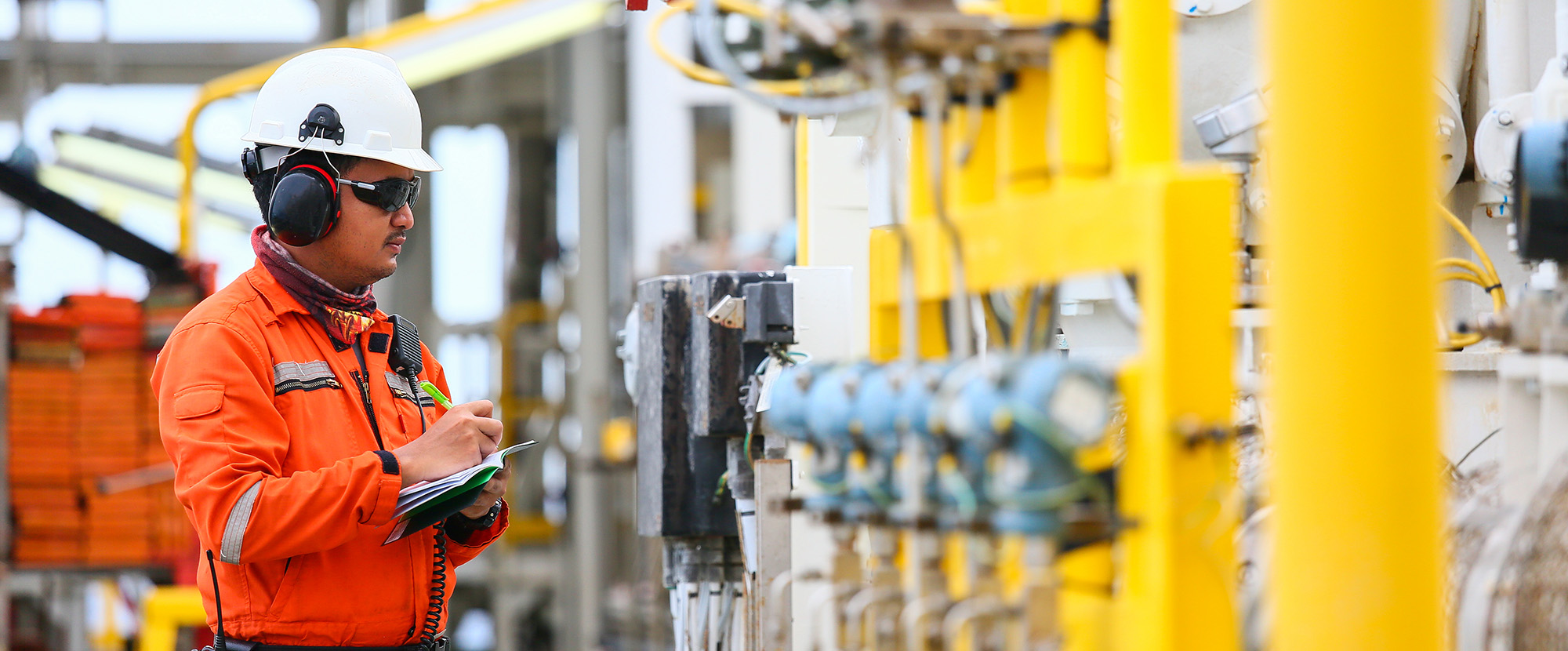GMN is an operator-only network with the objective of advancing its members’ knowledge of geopressure management which it does by facilitating the sharing of established best practices and leading edge thinking in geopressure management.
Current industry networks
Sagentia Innovation brings the industry together to collaborate, develop standards and recommended practices, to ensure that risk is driven out of new technology adoption and to enable widespread industry uptake and deployment. We are uniquely positioned to assist in setting up and running networks and JIPs as we combine excellent technical knowledge and over 20 years’ experience in this area.
Geomechanics Initiative
Geomechanics Initiative – fostering collaboration, best practice and knowledge sharing on the application of geomechanics in oil & gas.
Plugging and Abandonment Collaborative Environment (PACE)
PACE was launched in 2016 with key industry drivers identified as cost-effective plugging and sealing, rigless P&A, and barrier verification & multistring logging. The network aims to promote P&A collaboration in order to increase awareness of the global regulations, understand capabilities of current and emerging technology, share knowledge and experiences to improve operational best practice and collaborate on cost-effective solutions to common technical challenges.
Subsea Wireless Group (SWiG)
SWiG was established to promote interoperability for subsea wireless communications. SWiG members are working together to define standards that facilitate interoperability between users of different subsea wireless technologies (acoustic, radio frequency, free space optics, etc).
Inflow Control Technology (ICT)
PICT was the primary worldwide knowledge sharing forum for passive inflow control technology. The scope has now been broadened to include active and autonomous inflow control technologies and the name changed to Inflow Control Technology to reflect this.
Geopressure Management Network (GMN)
Subsea Fiber Optic Monitoring (SEAFOM™)
SEAFOM™ is an international joint industry forum, with the original vision of promoting the growth of fiber optics in subsea applications. This has now been expanded to encompass all upstream oil and gas industry applications.
Technology Management Network (TMN)
TMN is a forum in which oil industry strategists and R&D planners share their own experiences and learn from non-oil & gas benchmark companies and academics. The network meets regularly and through a facilitated process identifies critical success factors and technology management best practice.
Drilling Engineering Association (Europe) (DEA(e))
DEA(e) is the upstream oil and gas association dedicated to the advancement of drilling engineering technology. The objective of the DEA(e) is to improve access to and use of drilling technology on a worldwide basis through ongoing knowledge-sharing and supply chain stimulation.
Joint Industry Projects
OTM Networks runs networks and joint industry projects covering a wide range of challenges and technologies, bringing the oil & gas industry together to collaborate and develop standards and recommended practices.

Advanced Well Equipment Standardization (AWES)
AWES creates recommended practices is to improve the reliability of advanced well equipment. The RP’s provide guidance on the qualification of the relevant completion’s equipment. AWES RP’s are typically donated to the API to be incorporated into global standards.
Subsea Electrical Power Standardisation (SEPS)
The SEPS JIP is an operator initiative that aims to develop industrial standards for subsea power components. The main benefits of developing these standards are to reduce costs and increase reliability.
